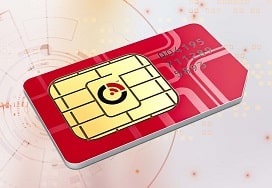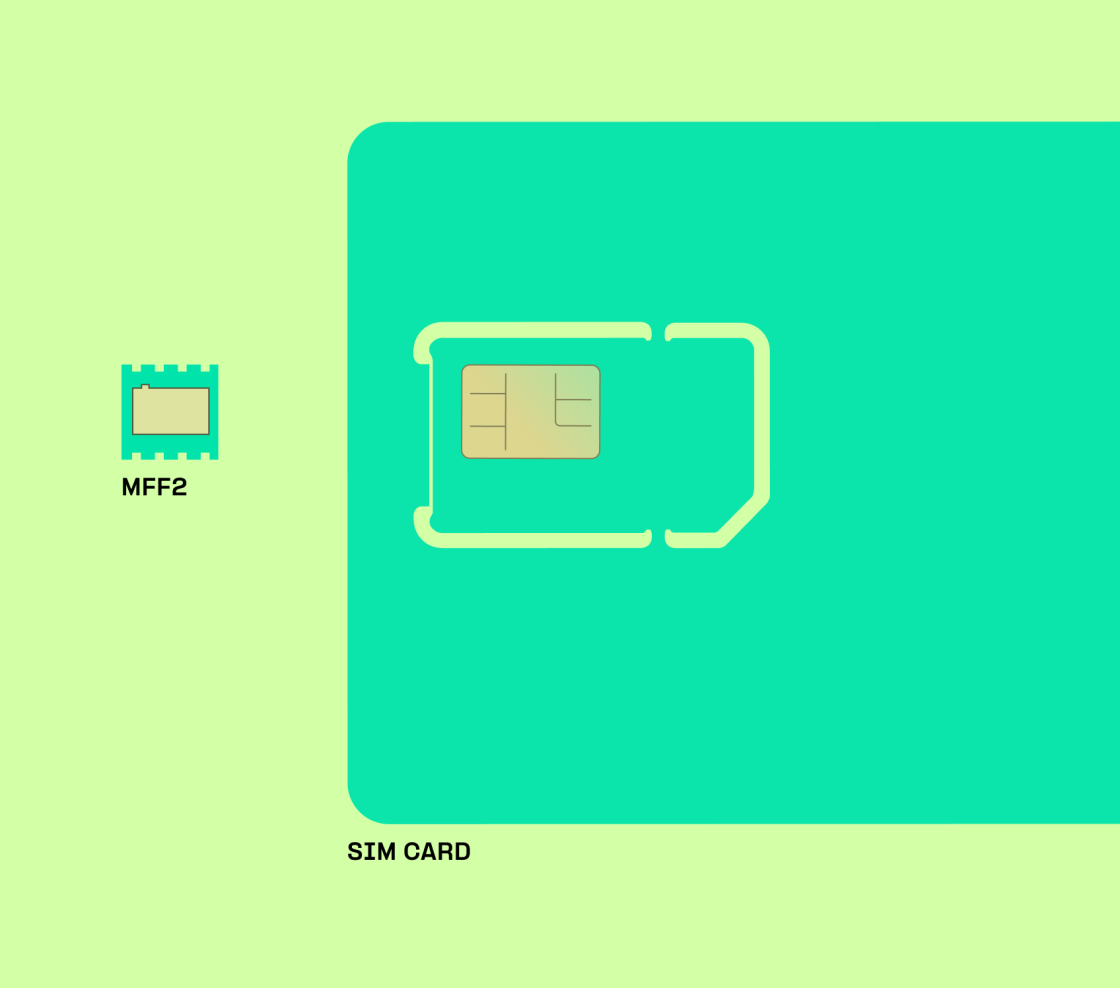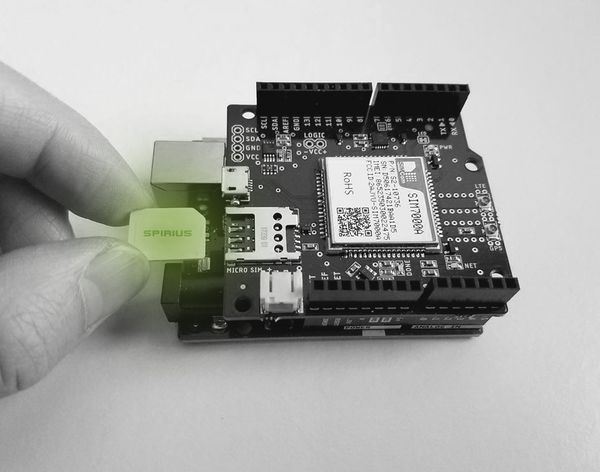Ssh Access Iot Devices Real-world IoT Device Examples
Ssh Access Iot Devices Real-world IoT Device Examples
Blog Article
What Are Iot Devices 9 IoT Devices for Home Automation
The rapid enlargement of the Internet of Things (IoT) has made it important to ascertain standardized connectivity protocols to allow units to speak seamlessly. Various standards and protocols have emerged, and so they cater to different requirements, similar to energy consumption, information rate, range, and complexity. Each protocol presents distinct advantages and drawbacks, making it essential for builders and corporations to judge their particular wants when choosing one.
One prominent standard within the IoT landscape is MQTT (Message Queuing Telemetry Transport). MQTT is light-weight and designed for low-bandwidth and high-latency environments. Its publish-subscribe mannequin permits efficient communication between devices and is perfect for applications in home automation or remote monitoring. However, its dependency on a central broker can introduce a single level of failure, making resilience a consideration in its implementation.
In contrast, CoAP (Constrained Application Protocol) aims to enable smaller, constrained devices to speak over the net. Utilizing a RESTful architecture similar to HTTP, CoAP is designed for low-power and lossy networks. This makes it suitable for applications requiring efficient system communication in constraints of memory and processing energy, like smart agriculture. While CoAP helps multicast, which permits a single message to reach multiple recipients, it does not inherently manage long-lived connections like MQTT does.
Remote Iot Monitoring Devices IoT Devices and Sensors Overview
Zigbee is another example of a standard regularly employed within the IoT sphere, significantly for residence automation. Operating within the 2.4 GHz band, Zigbee creates mesh networks that permit devices to communicate whereas extending their vary through different linked gadgets. Its low power consumption is useful for battery-operated gadgets, however the knowledge rate is significantly lower than Wi-Fi or other wired technologies, which limits the quantity of data that might be transmitted successfully in actual time.
LoRaWAN (Long Range Wide Area Network) is especially vital for applications requiring long-range communication capabilities. Operating in sub-GHz frequency bands, LoRaWAN can connect devices over distances of a quantity of kilometers whereas consuming minimal power. This makes it ideal for rural functions similar to precision agriculture and environmental monitoring. However, it sometimes supports low data charges and is less effective for time-sensitive functions the place immediate information transmission is crucial.
NB-IoT (Narrowband IoT) is a cellular technology designed to support a extensive range of IoT connectivity needs. With increased protection, NB-IoT supplies deep penetration into buildings and underground locations, typically outperforming conventional cellular networks. Its effectivity by way of energy consumption and knowledge transmission makes it well-suited for smart metering and different steady-state applications. The downside, nevertheless, is the reliance on cellular infrastructure, which may involve extra costs.
Another noteworthy protocol is Bluetooth Low Energy (BLE). BLE is optimized for short-range communications and low energy usage, making it best for private space networks. It is particularly popular in wearables and health monitoring gadgets. However, the restricted range can pose challenges for applications requiring long-distance connectivity, making it much less suited for business IoT purposes like smart cities.
Remote Access Iot Devices Examples What Is the Internet of Things?

When contemplating the operational environment, completely different protocols strategize their connectivity. For occasion, Sigfox is designed for excessive energy effectivity, employing a singular know-how that prioritizes low information charges over intensive protection. This works properly for units needing to transmit small amounts of data infrequently, corresponding to monitoring gadgets. However, the trade-off comes in the form of restricted information price and potentially higher latency.
Another essential side of IoT connectivity standards and protocols comparability is safety. Many protocols implement various levels of security measures. For example, protocols like TLS (Transport Layer Security) can be leveraged with MQTT to boost knowledge integrity and confidentiality. In contrast, other protocols might have built-in security measures, whereas some require additional layers to ensure safe communication.
Example Of Iot Devices IoT Devices Definition and Examples

Interoperability additionally plays a vital role in protocol selection. As IoT gadgets proliferate across varied industries, guaranteeing gadgets can communicate no matter their manufacturers can mitigate future compatibility issues. Protocols that adhere to established standards tend to offer better interoperability, thus easing integration efforts throughout totally different platforms.
The landscape of IoT connectivity is evolving, reflecting the varied wants of industries ranging from healthcare to manufacturing. As extra units turn into interconnected, the demand for efficient, safe, and dependable communication continues to grow. Each protocol carries its distinctive set of characteristics; thus, companies must conduct thorough evaluations of their use instances to make sure optimal efficiency while contemplating future scalability and adaptability.
Best Remote Internet Access Iot Devices What Is Internet of Things?
In conclusion, whereas there is no one-size-fits-all answer concerning IoT connectivity standards and protocols, understanding the comparisons can guide developers and firms in making educated decisions. Factors like operational necessities, safety considerations, and potential use instances come into play when evaluating which protocol fits greatest. The realm of Going Here IoT is rising and evolving, making it essential for business gamers to remain informed on the newest developments and rising standards to take care of aggressive benefits and meet more and more complex demands.
- Various IoT connectivity standards embrace Wi-Fi, Bluetooth, Zigbee, and LoRaWAN, every tailor-made for particular use cases and operational needs.
- Wi-Fi is thought for its excessive data transfer charges, making it perfect for applications requiring substantial bandwidth, such as video streaming, however it consumes extra power in comparison with different protocols.
- Bluetooth Low Energy (BLE) is favored for short-range sensor functions due to its minimal energy consumption, permitting units to run for extended periods on a small battery.
- Zigbee operates on low power and supports mesh networking, enabling units to speak over distances larger than conventional point-to-point methods, which might improve community protection.
- LoRaWAN excels in long-range communications and permits low-power, wide-area community (LPWAN) capabilities, making it appropriate for distant IoT applications like agriculture and concrete infrastructure monitoring.
- Cellular connectivity standards, such as 4G LTE and 5G, provide in depth community protection and high-speed information switch however may incur greater operational costs and require more substantial power resources.
- MQTT and CoAP are lightweight application layer protocols widely used for IoT communications, where MQTT is extra appropriate for device-to-cloud interactions, while CoAP is optimized for constrained devices and networks.
- Security varies considerably throughout IoT protocols, with some like HTTPS offering sturdy encryption, while others could depend on easier methods, probably exposing units to vulnerabilities.
- Scalability is a crucial factor; while protocols such as LoRaWAN support a lot of units, others like Bluetooth may face limitations in device capability relying on the community architecture.
- Determining the proper connectivity standard entails balancing elements such as range, power effectivity, information needs, and security necessities tailor-made to particular IoT deployment situations.undefinedWhat are the most common IoT connectivity standards?
The most typical IoT connectivity standards embody Wi-Fi, Bluetooth, Zigbee, LoRaWAN, NB-IoT, and 5G. Each standard has distinctive features and use cases, catering to numerous software requirements in phrases of vary, power consumption, and data charges.
How do I choose the proper IoT protocol for my application?
Remote Iot Devices IoT Devices in Real World
Selecting the proper IoT protocol depends on factors such as the range, data throughput, energy consumption, and the environment by which devices will function. Assessing these criteria in opposition to your software's particular needs will information your choice.
What is the difference between short-range and long-range IoT protocols?
Short-range protocols, like Wi-Fi and Bluetooth, are perfect for localized functions needing high knowledge charges but restricted range. Long-range protocols, corresponding to LoRaWAN and NB-IoT, excel in low-power, wide-area use cases, prioritizing battery effectivity over speed (Control Iot Devices Remotely).
Ssh Web Access Iot Devices Connected IoT Devices Growth Rate
Can a number of IoT protocols be utilized in the identical network?
Yes, a quantity of IoT protocols can coexist in the identical community, enabling gadgets with varying connectivity needs to communicate. However, careful network design is required to manage data circulate and keep away from interference.
What position does security play in IoT connectivity standards?
Security is crucial in IoT connectivity standards due to potential vulnerabilities in knowledge transmission. Choosing protocols with built-in encryption and strong authentication mechanisms might help safeguard sensitive info.
Remote Connect Iot Devices Examples What Is the Internet of Things?
How do these standards affect the scalability of IoT systems?
Different IoT standards have various capacities for managing gadget load, which immediately affects scalability. Remote Connect Iot Devices Free. Standards designed for high system counts, like MQTT over TCP/IP, are essential for scaling up IoT deployments successfully.
Best Remote Ssh Into Iot Devices Internet of Things Gateway Devices
What is the significance of interoperability in IoT protocols?
Interoperability ensures that units from completely different manufacturers can talk seamlessly. This is crucial for large-scale IoT deployments, because it permits diverse units to work collectively, enhancing overall system performance.
Are there any rising developments in IoT connectivity standards?
Remote Connect Iot Devices Free Overview of IoT Devices
Emerging tendencies embrace the adoption of edge computing, which minimizes latency, and the combination of Artificial Intelligence for smarter information processing. Additionally, standards like 5G are gaining traction for their capacity to assist a massive number of related devices.
How can I keep up to date on IoT connectivity standards and protocols?

Staying informed entails regularly consulting business publications, attending relevant conferences, and collaborating in online forums. Following organizations like the Internet Engineering Task Force (IETF) and the International Telecommunication Union (ITU) also can my site provide useful insights.
Report this page